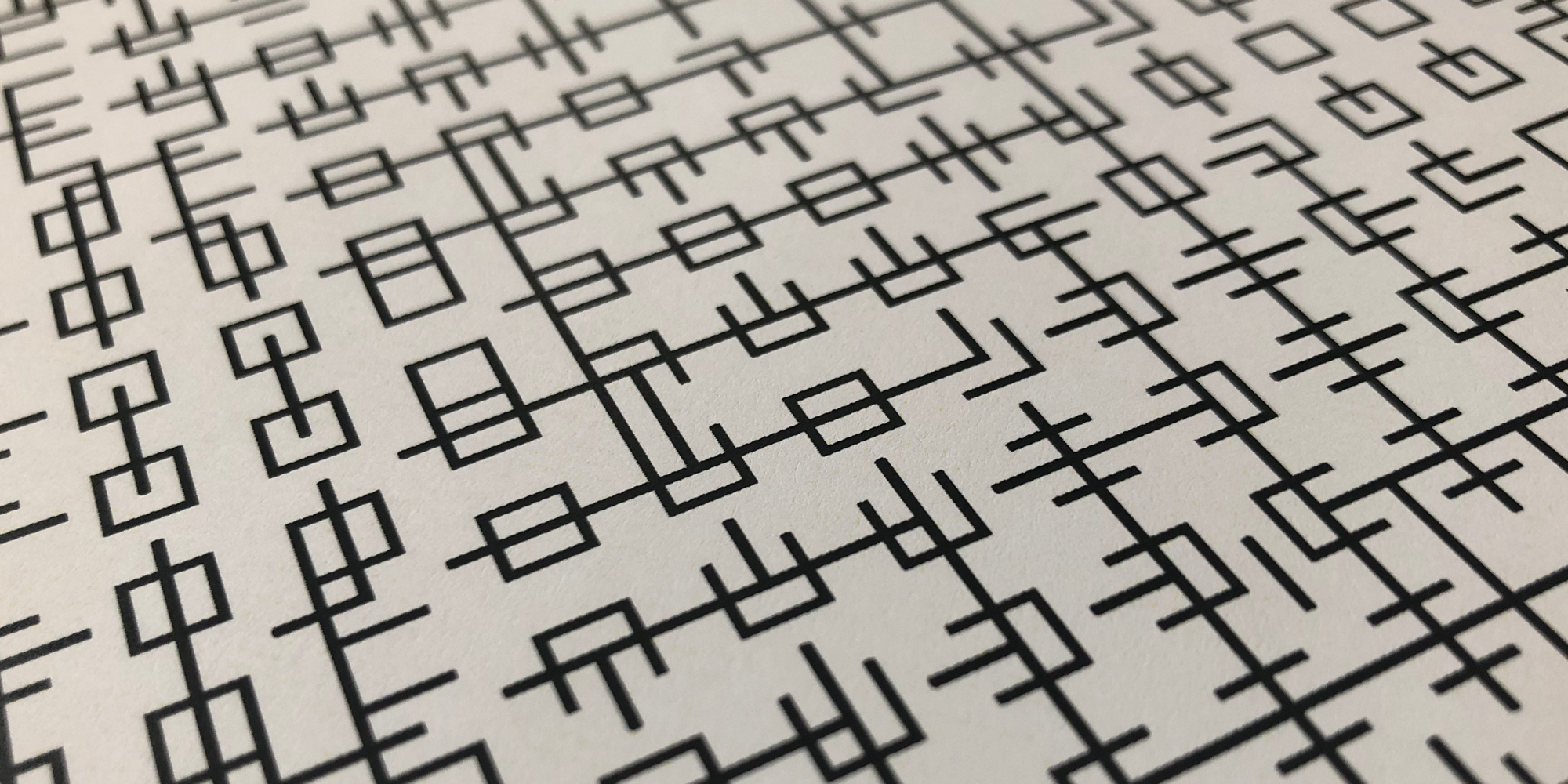- Notes from the Lab
- Posts
- Stay Ahead of NFT Trends (Part 2): Generative Art NFTs
Stay Ahead of NFT Trends (Part 2): Generative Art NFTs
Uncover Generative Art NFTs: An exploration of artistic autonomy and digital expression.

Welcome to Notes from the Lab. Subscribe and follow me on Twitter for more breakdowns and commentaries about all things NFT and Web3. Thanks and glad to have you onboard!
Generative art and NFTs have emerged as a unique practice where artists create systems that autonomously contribute to the creation of a piece of art.
Here, a novel artist-art relationship is formed.
The artist creates the system that creates the art, while the art itself is outside of the artist’s control.
This movement, born out of avant-garde experiences, traces its roots back to the 1950s and draws inspiration from various artistic movements such as Futurism, Bauhaus, and Cubism.
With Generative Art NFTs, we truly have the makings of a 21st-century artistic revolution.
In this article, we will explore a few key topics:
The fascinating realm of generative art NFTs
Their natural fit within the NFT space, and
Notable projects that exemplify this creative fusion
Where art meets algorithm

Ringers by Dmitri Cherniak
Generative art NFTs thrive in the NFT space due to their algorithmic nature and inherent randomness.
NFTs provide the ideal medium for generative art. They combine the advantages of digital art with the provenance that establishes authenticity of random generation and the total supply.
For artists, they can adopt both short and long-form approaches.
In short form approaches, artists first produce a large number of art pieces, before selecting a smaller number to put up for sale.
In long form approaches, artists discover their creations as they are minted in real-time, together with the minters.
This blend of human creativity and machine algorithms reflects the evolving landscape and possibilities of art creation.
Evaluating Generative Art NFTs

Memories of Qilin by Emily Xie
Now before you jump in and start collecting some pieces, you would need to evaluate a few key considerations.
These include:
The visual appeal of the final output,
The distinctiveness of each piece within the collection, and
Overall cohesion among the pieces
This mental model allows collectors to appreciate the diversity and artistic integrity of each generative art project.
As Ringers’ artist Dmitri Cherniak put it,
In terms of style, I was mostly concerned with trying to make sure every single output would be unique, look interesting, and be perceived as “worth it.”
Exploring notable Generative Art projects
Autoglyphs, a well-known on-chain generative art NFT project created by the founders of Larva Labs, marked a significant milestone in this space.
Autoglyphs demonstrated the power of autonomous art creation with zero dependencies, relying solely on the survival of the underlying blockchain.
Other noteworthy collections, such as Ringers, Fidenzas and Memories of Qilin, showcased the imaginative possibilities and creative depth of generative art NFTs.
Main takeaways

Fidenza by Tyler Hobbs
Generative art NFTs push the boundaries of artistic autonomy, combining the technicalities from algorithmic systems with artistic vision from creatives.
They offer a unique and exciting form of digital expression within the NFT space, representing the fusion of human creativity and machine algorithms.
A blend of engineering, and art.
As we delve into the world of generative art NFTs, we anticipate the evolution of artistic creation and the boundless possibilities that lie ahead.
For a more in-depth watch into this topic, do check out this highly-recommended course session by Punk 6529:
Enjoyed this guide?
Be sure to also follow Notes from the Lab on Twitter and Telegram.
Feel free to drop me a DM and send any feedback, suggestions or takeaways over!



